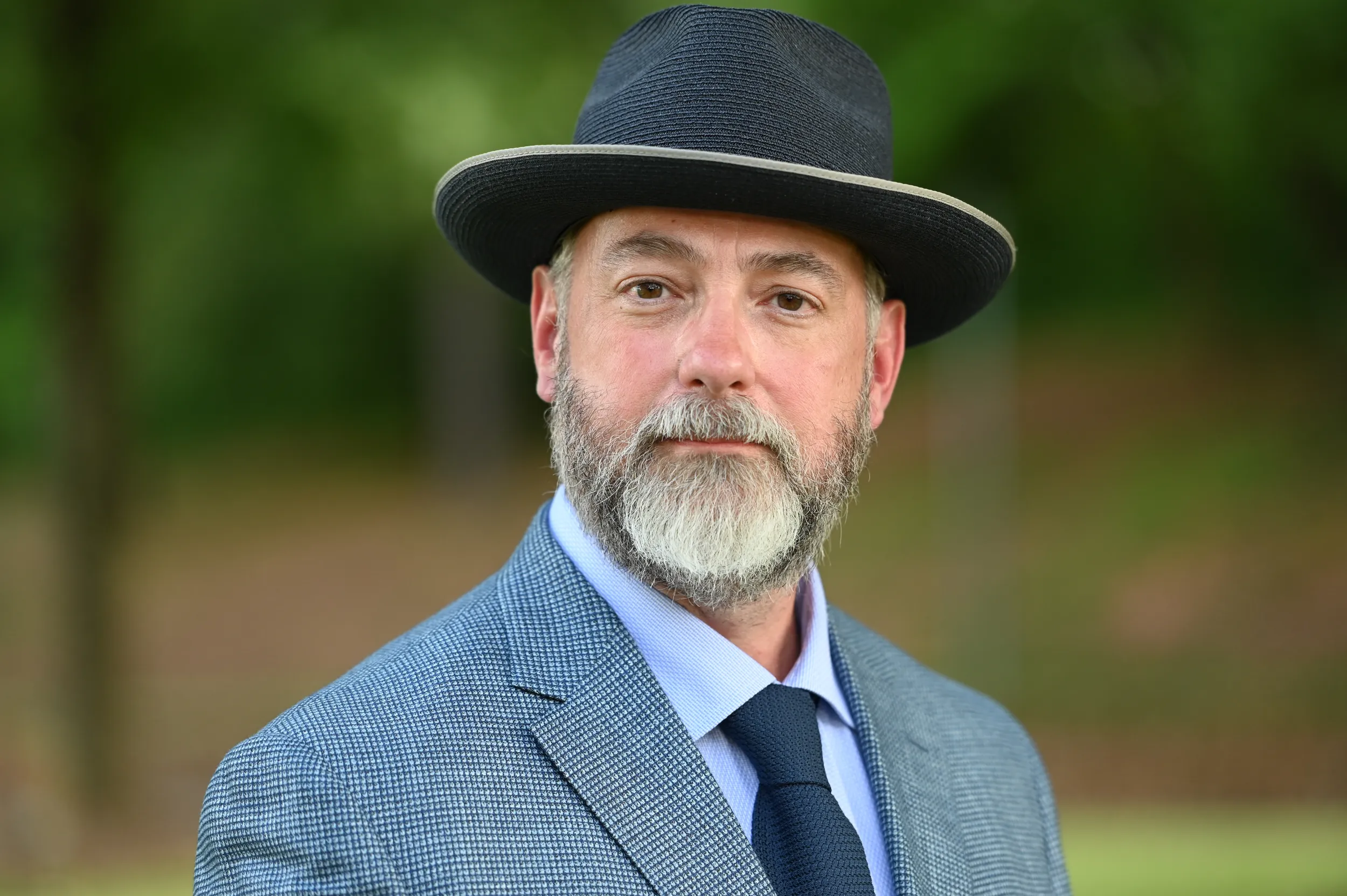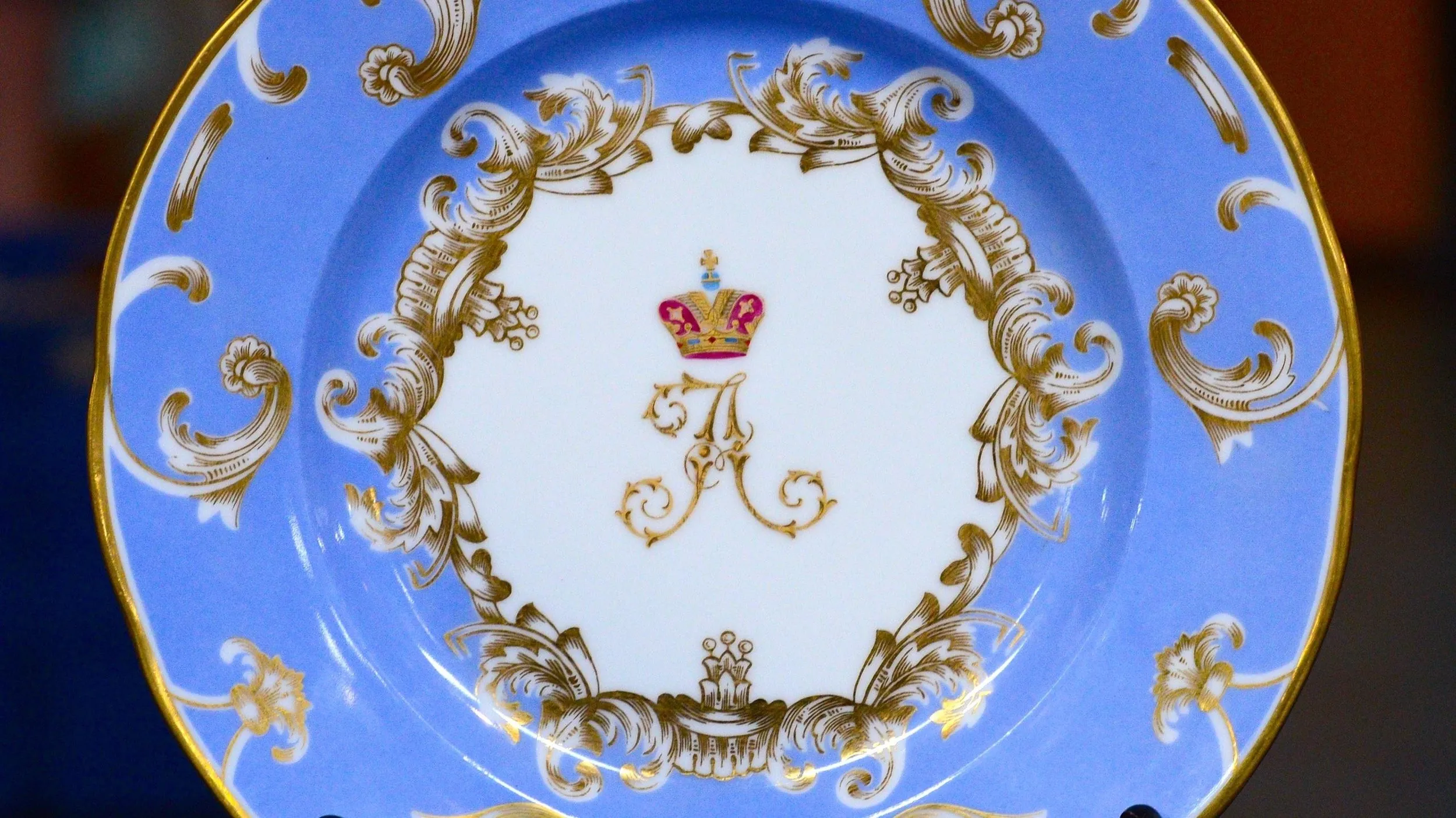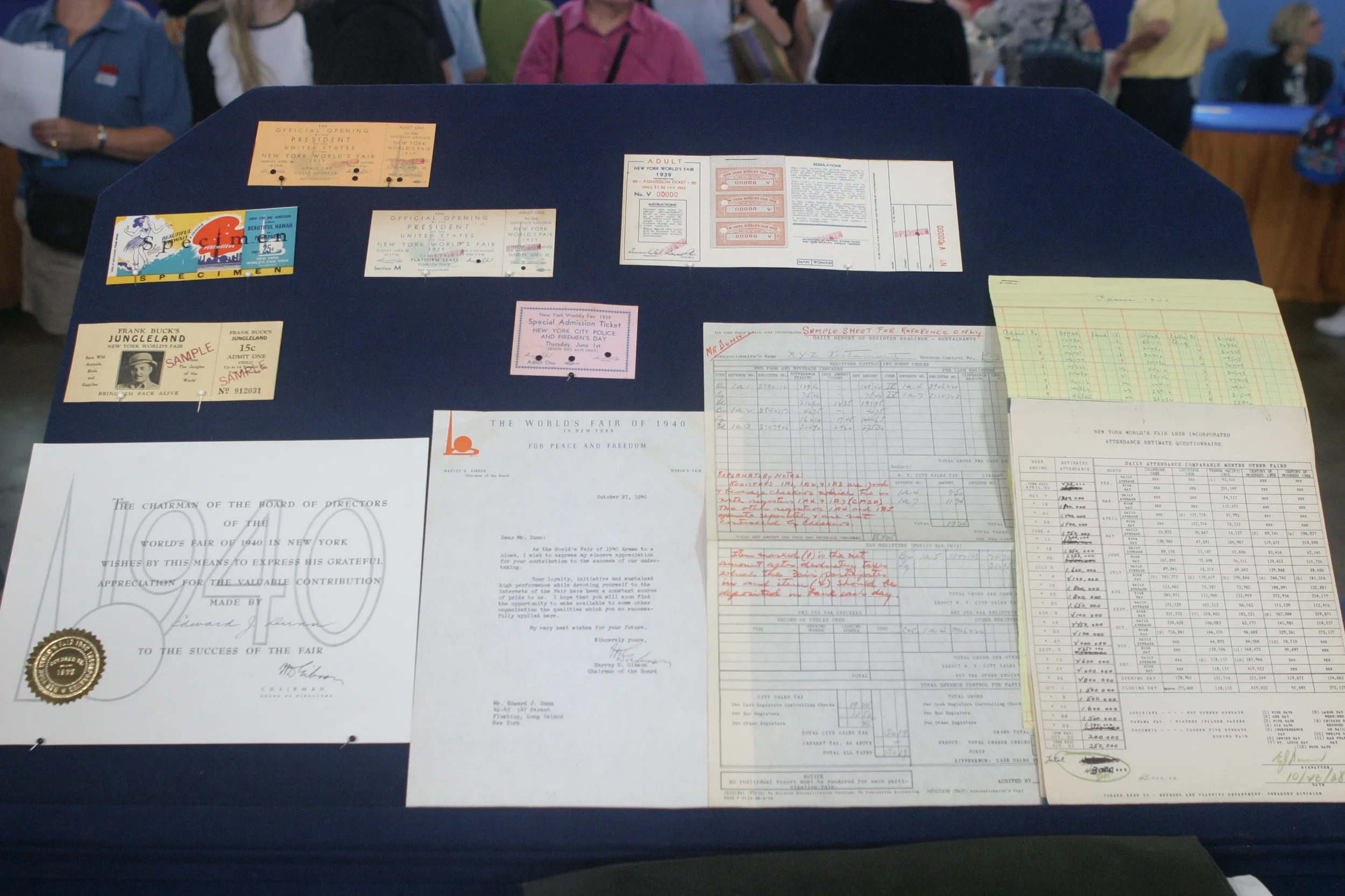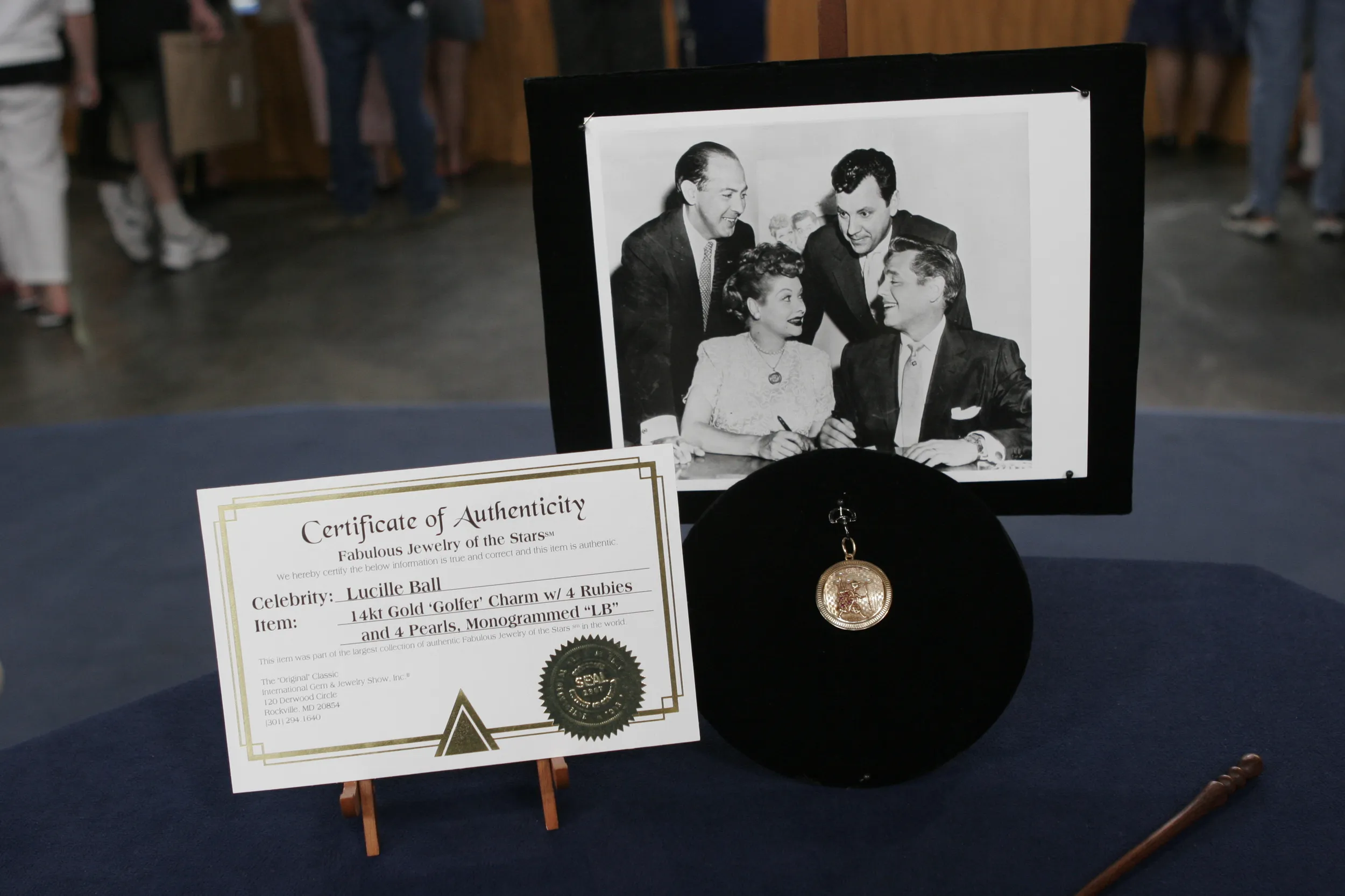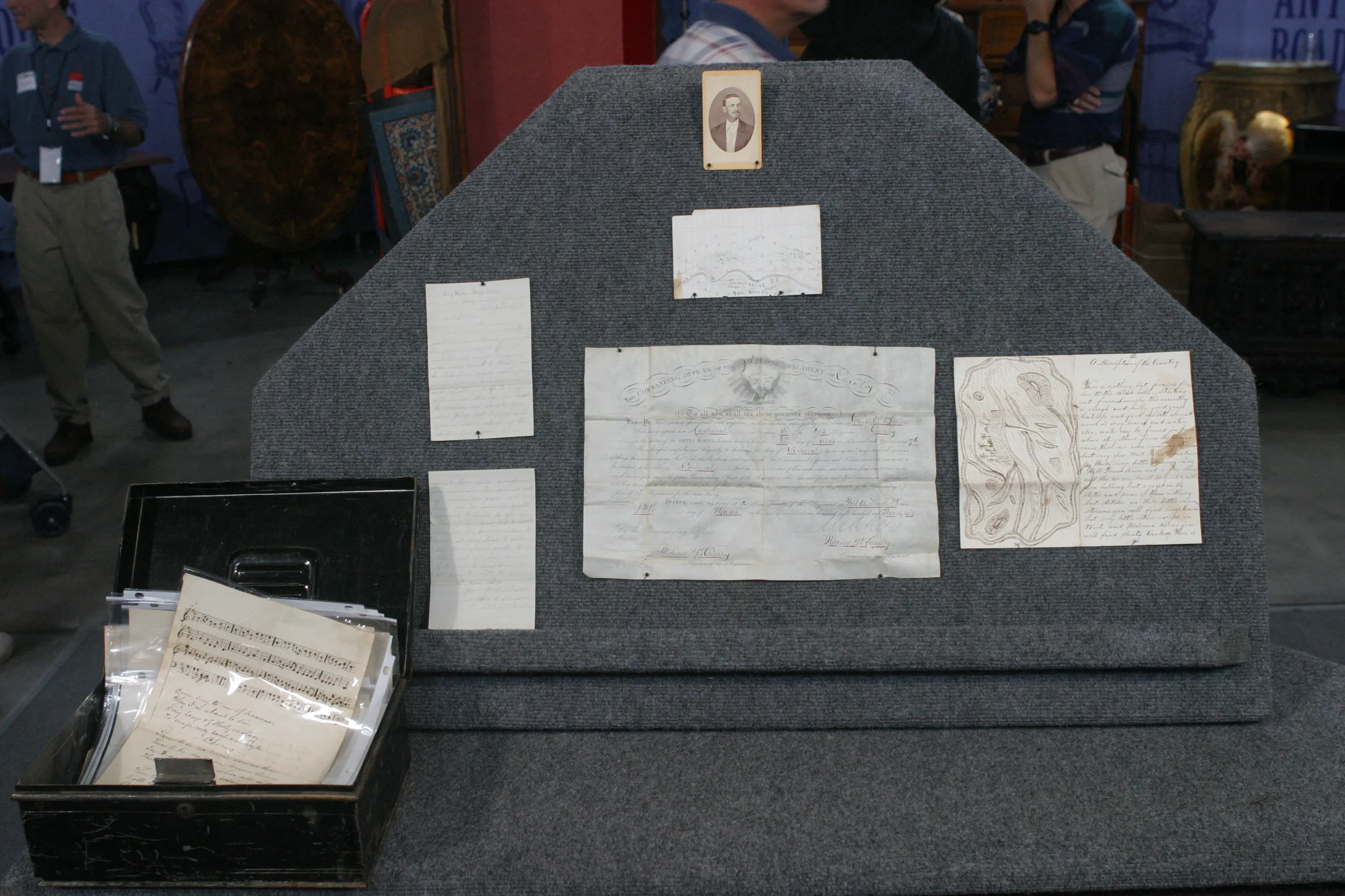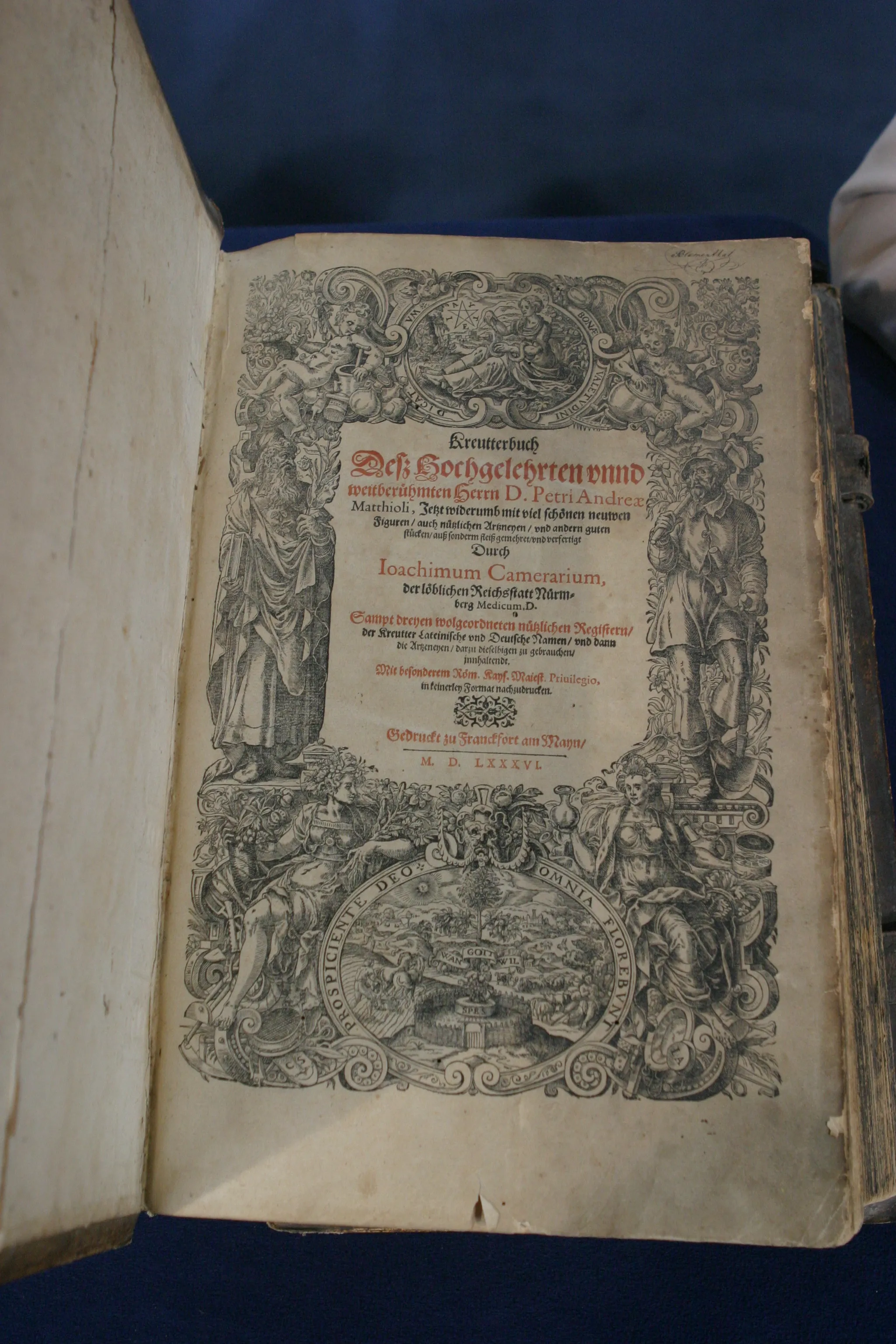GUEST: This is the hunting-fighting knife that my dad, who was a World War II night fighter ace, bought in Florida when he went from California, where he was bomber training, to night fighter training in Florida.
APPRAISER: If he was a night fighter guy, he flew P-61 Black Widows, right?
GUEST: He flew a Black Widow, and his plane was called Borrowed Time. And this was a knife that he picked up on his way. He bought it in Florida because what represented their squadron was a bat, because they were night fighters. And the bat held a dagger in one foot and a service revolver in the other. And he turned his service revolver in after the war, but he kept the knife that he carried.
APPRAISER: Did he tell you what he paid for it?
GUEST: No, I never talked to him about it. I noticed that in the book that you have that comes with the knife, that they were selling these at the time for $15.
GUEST: My goodness, yes.
APPRAISER: Which is kind of a healthy chunk of change.
GUEST: For him at that time. He was very young.
APPRAISER: The fighting knife craze really got kicked off in World War II. Of course, we had trench knives in the First World War, and in the Civil War the guys had bowie knives, but the demand for fighting knives among the Allied service men was very intense during World War II. A number of companies kind of sprang into business to satisfy that demand. A lot of civilian knives were carried. In fact, there was a program where you could turn in your civilian hunting knife and it would be turned over to a marine or a sailor or somebody like that to use. This is not one of those knives. This is one made by a company called Randall. Randall started in 1938 to make hunting knives. That was their business. And then their business really exploded during World War II because of the demand for knives. They were originally made in Orlando, Florida, and if we look at this one, it has the trademark on it and it has the Orlando, Florida, location. They also made them in Springfield, Massachusetts. This is a Randall number 1 fighting knife. The handle is made out of what's called a stacked leather washer grip.
GUEST: I wondered why it was rough.
APPRAISER: Mm-hmm, that's so that you can have a good grip on it. There are several pieces of colored plastic in here, which are simply embellishments that make it look nice, and then it's made out of one piece after another of leather that's stacked up there around the tang. It is one of the fighting knives that is most highly sought after by World War II collects today. They're extremely collectible. The production runs, I wasn't able to find the exact figures, but it's looking like between the two facilities, one made approximately 1,100 and the other made approximately 1,400 of them. So there really weren't that many of them made.
GUEST: Oh, my.
APPRAISER: The nice thing that you have is you have not only the knife, but you have the Randall catalogue and the little Cliff's Notes on how to kill a guy with a fighting knife.
GUEST: Yeah, that's pretty morbid. He kept everything.
APPRAISER: Well, if you're going to carry something, you have to know how to use it. And you never know, if you're a pilot, you're shot down behind enemy lines, you might be in a position where a knife like this could save your life. So have you ever had this appraised or given any idea of...
GUEST: I have not. It's been in a box with his things since he passed on.
APPRAISER: Most of your World War II fighting knives are going to be in the $150 to $200 range. The Randall number 1 with the original sheath, with the catalogue, and with the how-to-kill-a-guy notes-- we also have to factor in the fact that your dad was an ace. Yes. And that's going to add to it as well.
GUEST: Oh!
APPRAISER: On a retail market, I would expect to see this anywhere between $3,500 and $4,000.
GUEST: Holy buckets! And I killed a bug with it once! (laughing) Oh, my goodness. Who would have thought? He would be flabbergasted.
